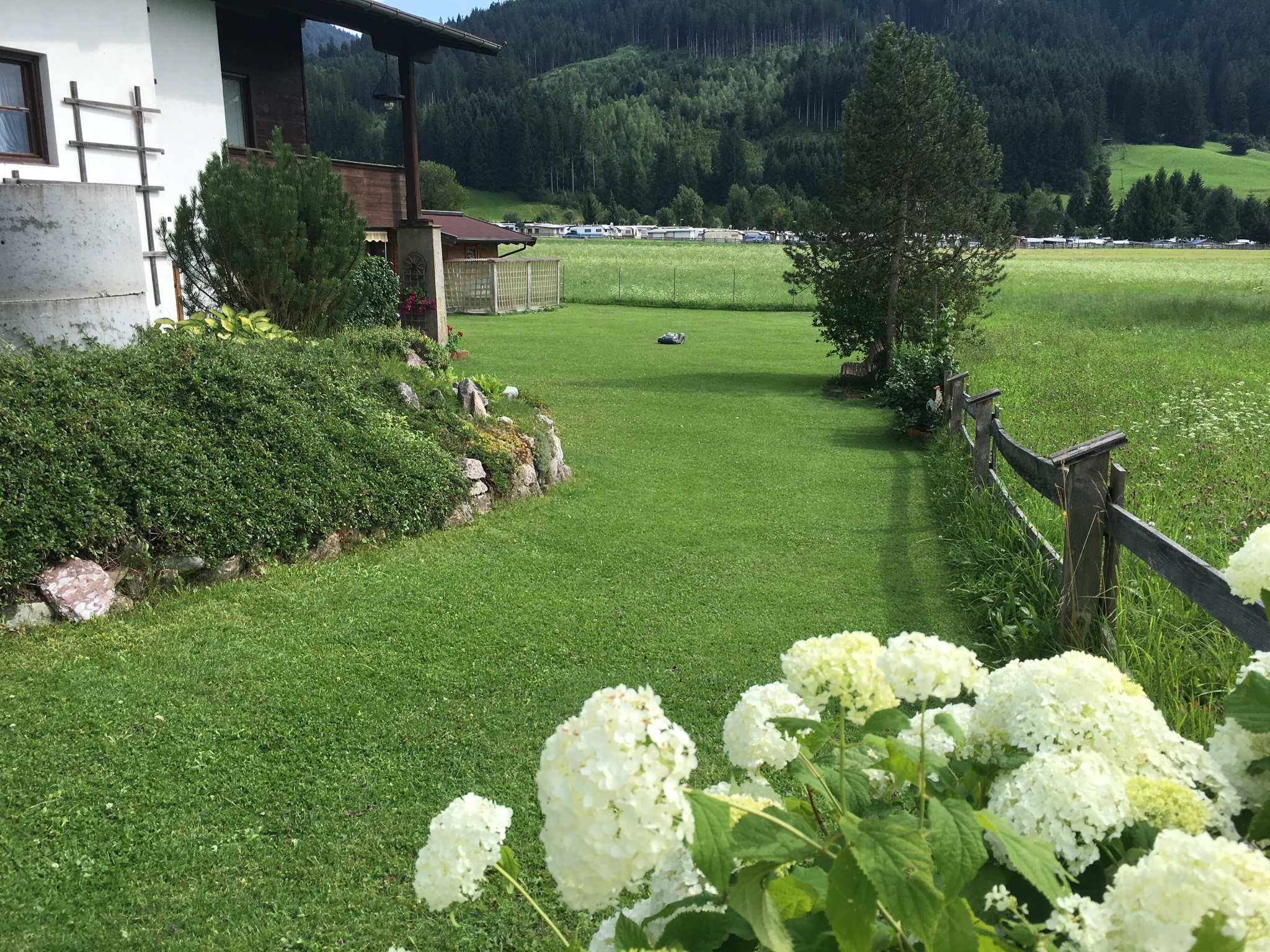Having a perfectly striped lawn is something a lot of people want. While acres and acres of grass aren’t environmentally sustainable, a little lawn tucked in between pollinator-friendly perennials and a kitchen garden can improve the value of your home, provide a place for pets and kids to play, and look really nice.
Choose Your Grass
Choose seeds or sod that works well in your area. Your best bet is to ask at your local lawn and garden store or extension service—they know which grass or blend is best suited to your specific area. Note whether your lawn is in the sun, and for how many hours, or the shade.
Turf can be laid any time of year when the ground is frozen or too wet. Sod needs to be laid within 24 hours of delivery so it doesn’t dry out. Seeds should be thrown out by the handful in spring or fall.
Prepare the Ground and Plant
Whether you are using seed or sod, turn over the ground to a depth of eight to 10 inches. You may want to rent a rototiller to make this part easier.
Pull out any deep-rooted weeds and add in compost or manure. Turn again and let it sit for about seven days to a month or two.
Rake the soil smoothly and evenly and then tamp the ground until it is firm. Rake again in several directions.
Now lay the sod or throw out the seeds by hand or use a seed distributor. Your seed package will tell you the amount per square yard of seeds to use.
If you aren’t getting regular rains, water every day or two until the grass begins to grow. Then water as needed.
Mow the Lawn
When your lawn reaches about two inches, start to mow. If you like a golf-course type look, you’ll need to mow every few days during the growing season. Or get a robot lawn mower and let it keep your lawn tidy while you are napping or doing something else.
Or use a regular mower to get those nice lines that prove you are person who cares about their lawn. Mow every five to seven days during the growing season to keep your lawn looking good and disease-free.
Leave the clippings on the lawn to serve as mulch and return nutrients to the soil. This will reduce the amount you need to fertilize by up to 25 percent. Many lawn mowers have a mulching option and will cut the grass into tiny pieces ready to be reabsorbed into the soil.
Fertilize
Choose an organic fertilizer that won’t harm kids or pets and will keep the soils and water clean. Ask your local extension service for a soil testing kit to determine what exactly you need to add to the soil to make your lawn shine.
There you have it, easy steps to a perfect lawn. Of course, it takes time and effort, but it’s worth it to have the yard you want.
Bio:
I’m Bill. I’ve run my own landscape business since 1996. I’ve upgraded lawnmowers many times and built a thriving business. If there is one thing I know, it’s cutting grass. And which is the best mower to use for a great lawn. I guess that’s two things. Now I run a website about lawn care and lawn mowers. https://lawnmowersreviewed.com
